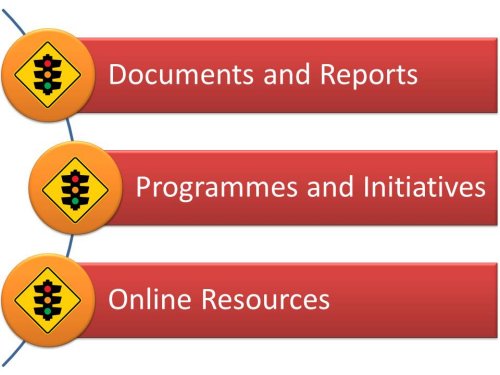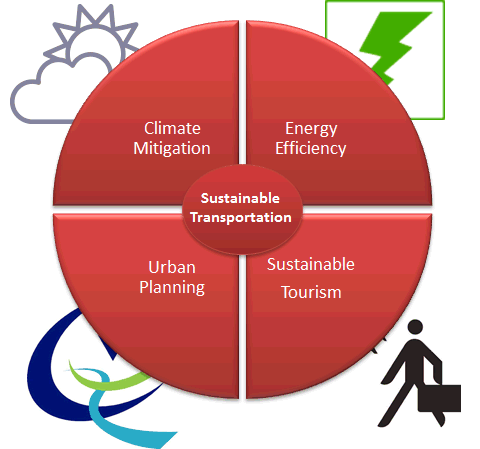Urban Environmental Management
 |

Sustainable

Transportation

Its more about accessibility than mobility or transport.
|
| Sustainable transportation concerns systems, policies, and technologies. It aims for the efficient transit of goods and services, and sustainable freight and delivery systems. The design of vehicle-free city planning, along with pedestrian and bicycle friendly design of neighbourhoods is a critical aspect for grassroots activities, as are remote work and teleconferencing. |

|
GDRC's learning resources on sustainable transportation are categorized into three sections: Documents and Reports; Programmes and Initiatives; and collections of online resources.
|
|
 GDRC's approach to Sustainable Transportation emphasizes broader access to goods and services, rather than just making mobility more efficient.
GDRC's approach to Sustainable Transportation emphasizes broader access to goods and services, rather than just making mobility more efficient.
This would provide better and more urban services closer to the user, by 'decentralizing' services to be spread out and made available in larger number of places. This can be done through urban planning and 'mixed' zoning, including financial incentives and development strategies that influence locational decisions of businesses and trade establishments.
Do you have any suggestions or additions to make on the above information? Please send an email to Hari Srinivas at hsrinivas@gdrc.org
|
|
GDRC is a member of

|
|
By 2050, two thirds of world population -6.2 billion people - may live urban lifestyles. Small and medium cities in developing countries are growing fastest. Efficient access to urban services and sustainable transport infrastructure will be key to the livability of these cities. |
|